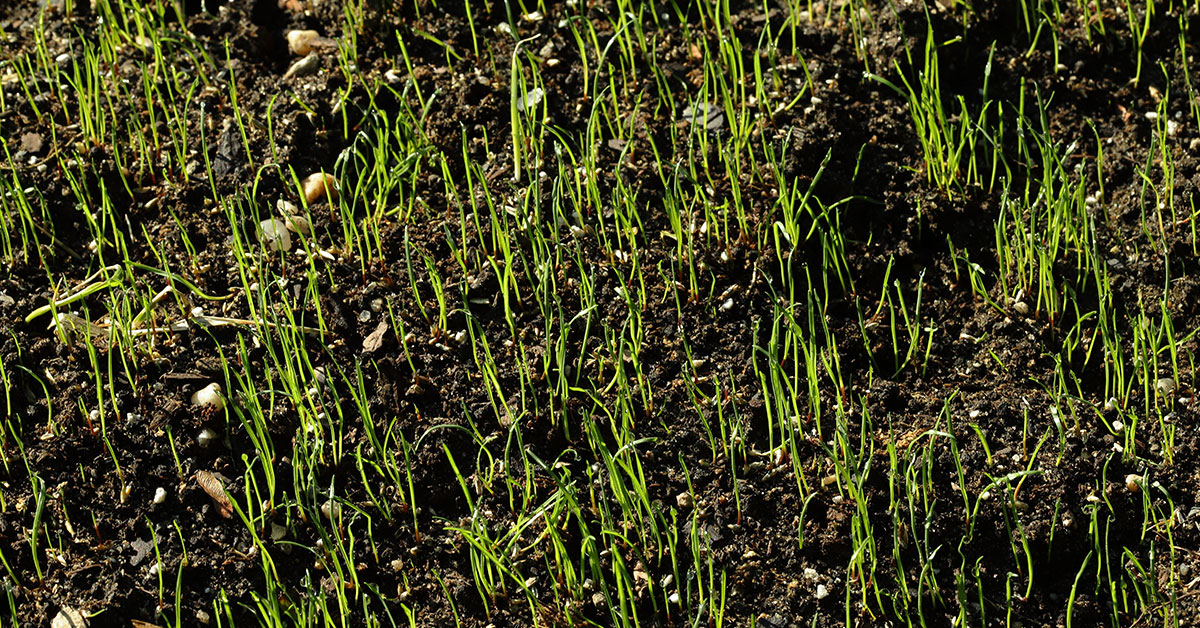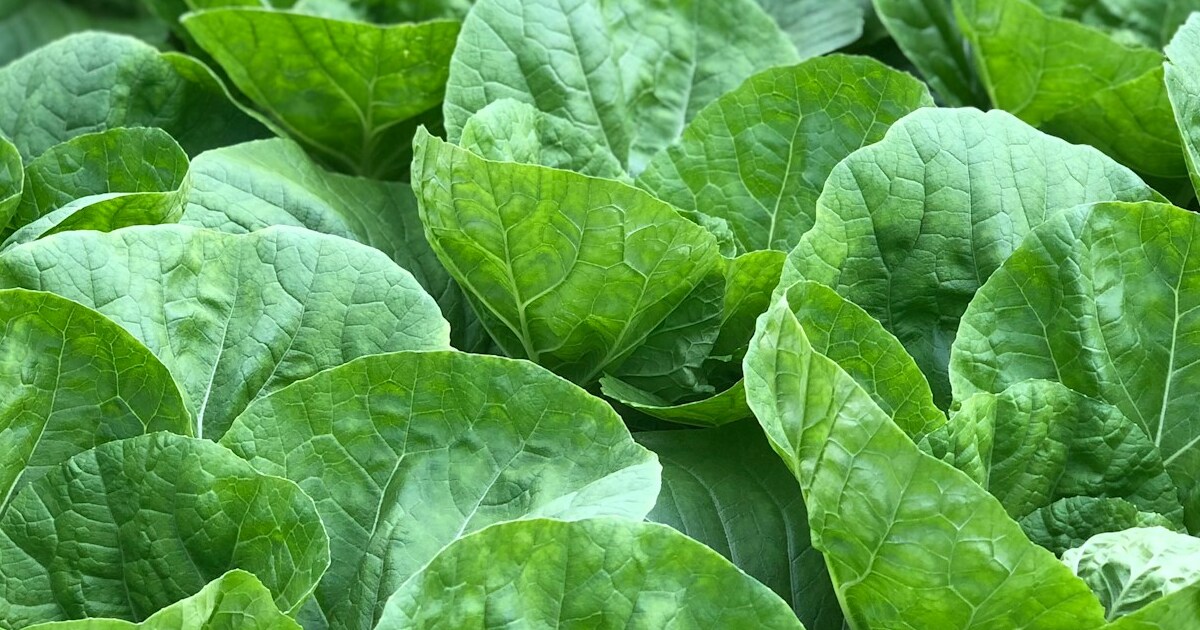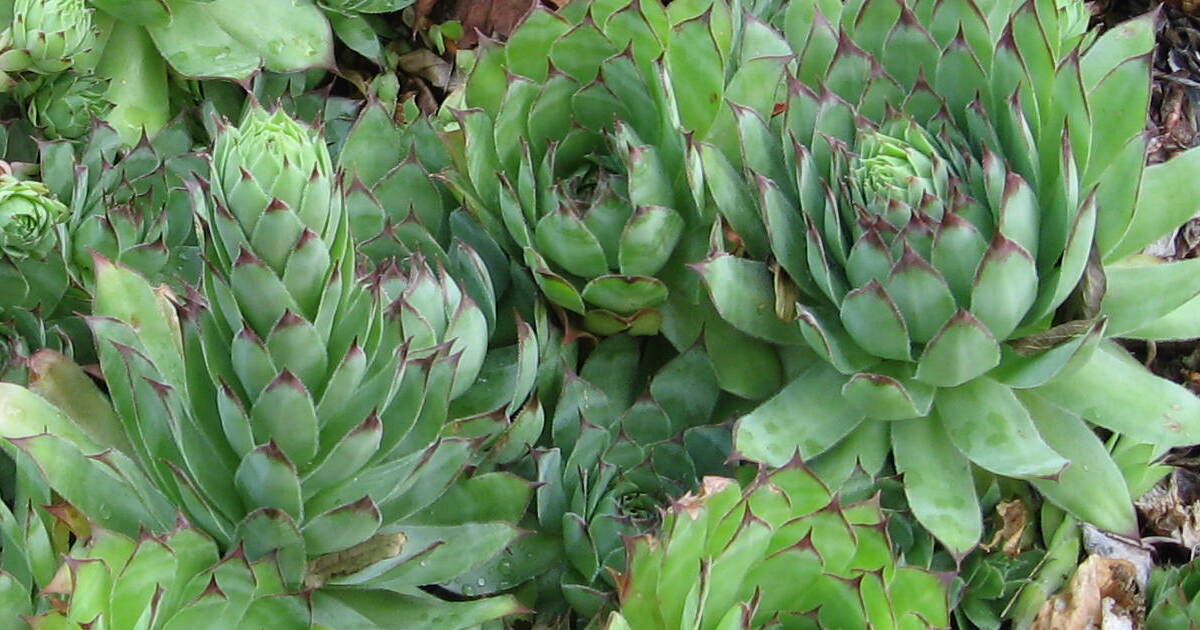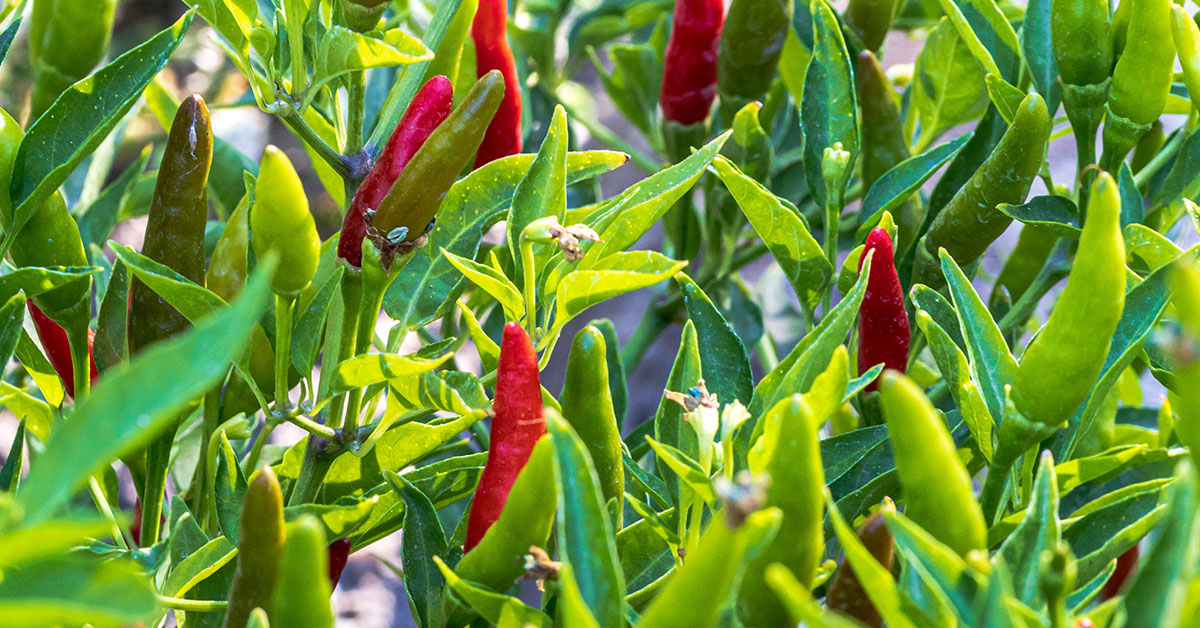Welcome to our comprehensive guide on the best time to plant grass seed in the UK! As an experienced gardener, I have seen firsthand the importance of timing when it comes to successful grass seed growth. With the UK’s unique climate and diverse regions, understanding the optimal planting window is crucial for a lush and healthy lawn.
In this article, we will delve into the different factors that affect grass seed germination, explore the ideal times to sow grass seed in various parts of the UK, and provide valuable tips and techniques to ensure your grass seed thrives.
Whether you are a seasoned gardener or a novice enthusiast, this article will equip you with the knowledge and confidence to achieve a beautiful and vibrant lawn. So, let’s dive in and discover the best time to plant grass seed in the UK!
What are good varieties for grass seed for UK lawns?
In the UK, there are several good varieties of grass seed that are suitable for different purposes and conditions. Here are a few popular options:
- Perennial Ryegrass (Lolium perenne): This is a hard-wearing grass variety that establishes quickly and is ideal for high traffic areas such as lawns, sports fields, and play areas. It has a fine texture and provides a lush, green appearance.
- Creeping Red Fescue (Festuca rubra): This grass variety is known for its ability to tolerate shade and dry conditions. It has a creeping growth habit, which allows it to spread and fill in thin areas. Creeping Red Fescue is commonly used in shady areas, under trees, and for creating low-maintenance lawns.
- Chewings Fescue (Festuca rubra commutata): This fine-textured grass variety is valued for its dense growth and attractive appearance. It has good tolerance to drought, shade, and low fertility. Chewings Fescue is often used for ornamental lawns, golf courses, and landscaping projects.
- Kentucky Bluegrass (Poa pratensis): Kentucky Bluegrass is a popular choice for its dense, lush appearance and excellent wear tolerance. It forms a dense carpet-like turf and has good cold tolerance. It is commonly used in lawns, parks, and sports fields.
- Tall Fescue (Festuca arundinacea): This grass variety is known for its deep root system, which provides excellent drought tolerance. It has a coarse texture and is suitable for areas that receive heavy foot traffic. Tall Fescue is commonly used in lawns, parks, and sports fields.
It’s important to consider the specific requirements of your location, such as sunlight exposure, soil type, and intended use, when selecting the right grass seed variety. Additionally, it’s advisable to choose a mix of grass varieties for your lawn to ensure better resilience and adaptability to different conditions.
When to plant grass seed in the UK
In the United Kingdom, the hardiness zones are primarily determined by the Royal Horticultural Society (RHS) using a system known as the RHS Hardiness Rating. This rating system divides the country into different zones based on the average minimum temperature experienced in each region during the winter months.
The UK’s hardiness zones range from Zone 8 in the mildest parts of the country, such as Cornwall and parts of western Scotland, to Zone 3 in the coldest areas, such as the Scottish Highlands and parts of northern England. The majority of the UK falls within Zones 6 and 7, which cover most of England, Wales, and southern Scotland.
When it comes to planting grass seed, the best time depends on the type of grass you intend to grow. Cool-season grasses, such as Kentucky bluegrass and perennial ryegrass, are commonly used in the UK. These grasses thrive in cooler temperatures and are best planted in the early spring or early autumn when the soil is still warm, and there is sufficient moisture.
Early spring planting (March to April) allows the grass to establish itself before the summer heat, while early autumn planting (August to September) gives the grass a chance to develop strong roots before winter. It is advisable to avoid planting grass seed during periods of extreme heat or cold, as this can hinder germination and growth.
Before sowing grass seed, it is essential to prepare the soil properly by removing any debris, weeds, or stones and improving the soil’s structure with compost or well-rotted manure. This will create a favorable environment for the grass seed to germinate and grow.
Additionally, regular watering, especially during the germination phase, is crucial to ensure successful establishment. Adequate moisture, along with the right temperature and soil conditions, will enable the grass seed to sprout and develop into a healthy lawn.
It’s worth mentioning that different regions within the UK may have slight variations in climate and local conditions, so it’s always beneficial to consult with local gardening resources, such as county extension services or horticultural societies, to get specific recommendations for your area.
By considering the hardiness zones and following the appropriate planting times, you can increase the chances of successful grass seed germination and establish a lush and healthy lawn in the UK.
Other considerations
When growing grass seed in the UK, there are several important considerations to keep in mind:
- Climate: Consider the climate of your specific region in the UK. Different grass seed varieties thrive in different climates, so choose a seed that is suitable for your local conditions. The UK has varying climates, so it’s important to select grass seed that will tolerate the specific climate of your area.
- Soil type: Understanding your soil type is crucial for successful grass seed growth. The UK has a range of soil types, including clay, loam, and sandy soil. Conduct a soil test to determine the pH level, nutrient content, and drainage of your soil. This will help you choose the appropriate grass seed and guide you in making any necessary soil amendments.
- Sunlight exposure: Assess the amount of sunlight your lawn receives. Some grass seed varieties require full sun, while others can tolerate shade. Choose a grass seed that matches the sunlight conditions of your lawn.
- Maintenance requirements: Different grass seed varieties have varying maintenance requirements. Some may require more frequent mowing, watering, or fertilizing. Consider the time and effort you are willing to invest in maintaining your lawn before selecting a grass seed.
- Traffic tolerance: If you anticipate heavy foot traffic on your lawn, choose a grass seed variety that is known for its durability and ability to withstand wear and tear.
- Disease and pest resistance: Some grass seed varieties are more resistant to common diseases and pests. Research the susceptibility of different grass seed options to diseases and pests prevalent in your area, and choose seeds that have good resistance.
- Seed quality and origin: Purchase high-quality grass seed from reputable suppliers. Look for certified seed that has been tested for purity and germination rates. Consider purchasing locally sourced seed, as it is more likely to be adapted to your specific UK climate.
- Water requirements: Consider the water needs of the grass seed variety you choose. Some grasses are drought-tolerant, while others require regular watering. Take into account the availability of water in your area and choose a grass seed that aligns with your water resources.
By considering these factors, you will be able to choose the right grass seed for your specific location in the UK and increase the chances of successful growth and a healthy lawn.















